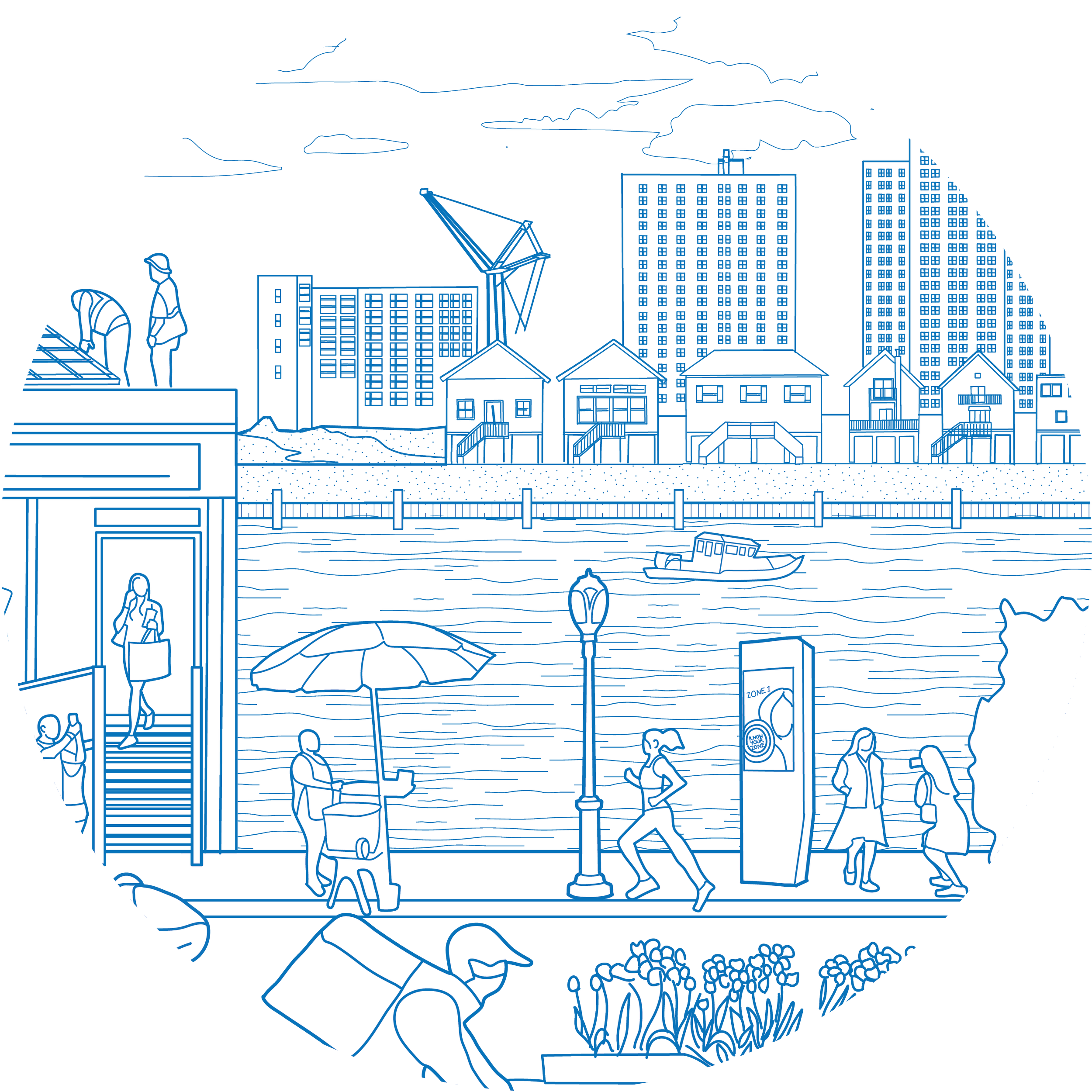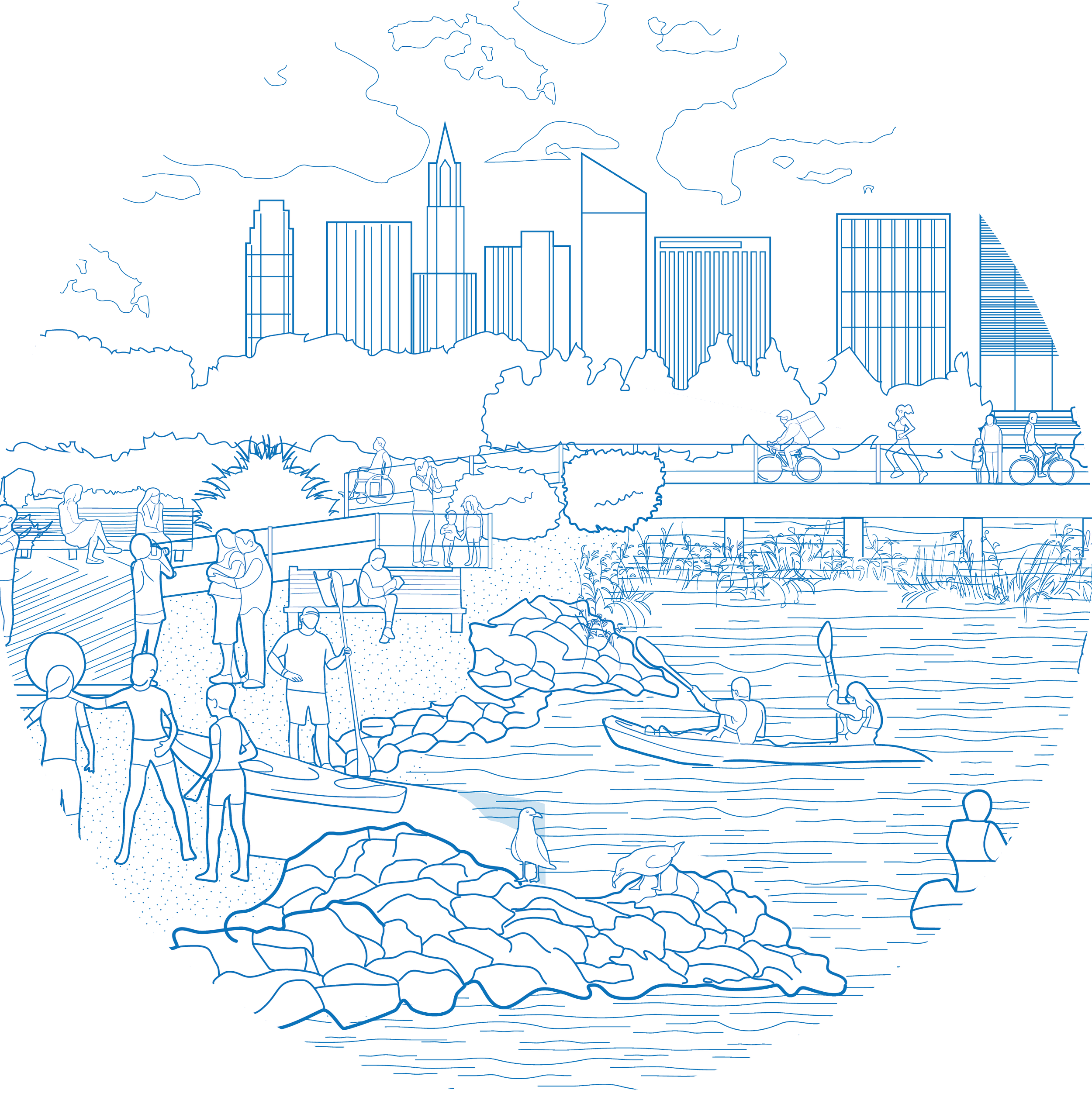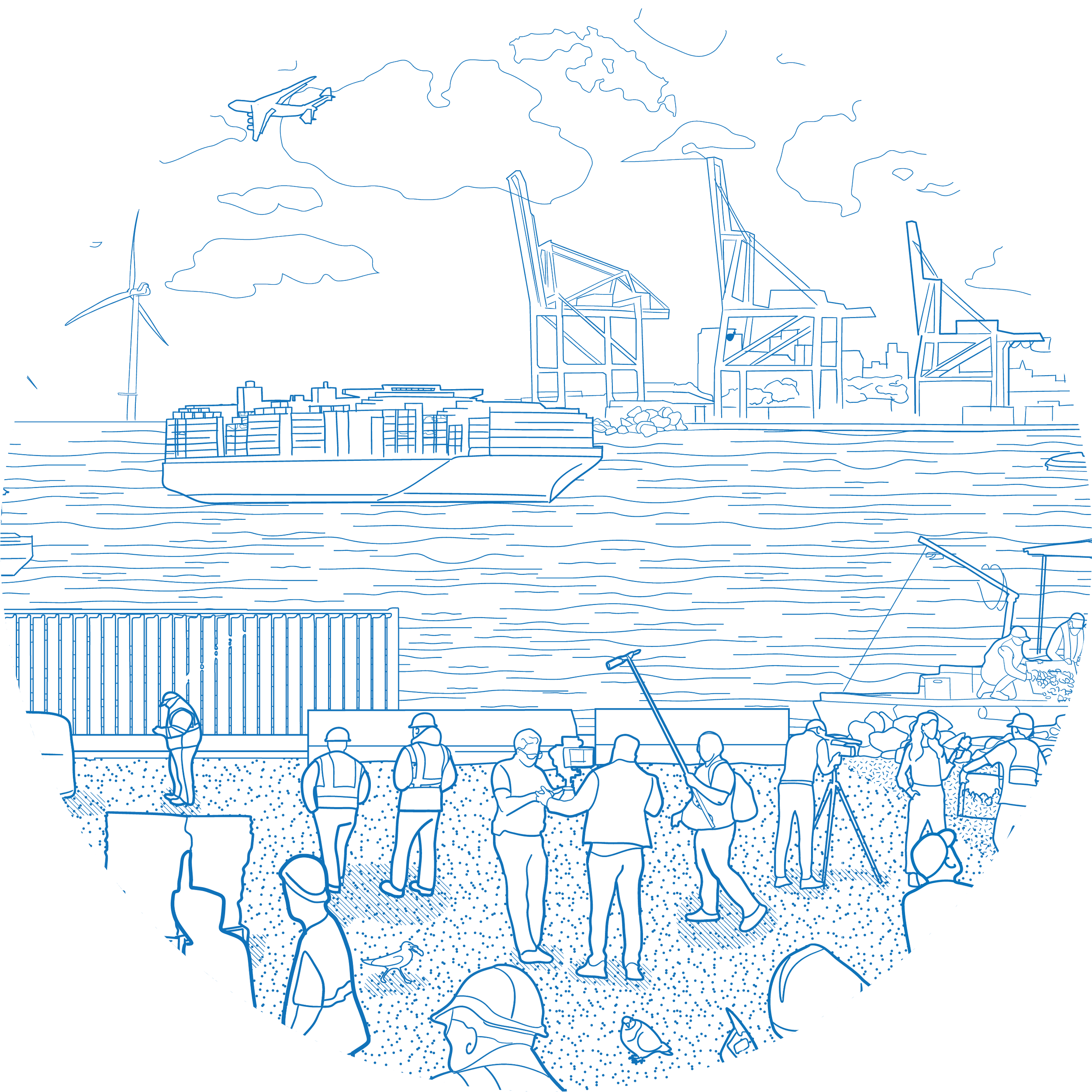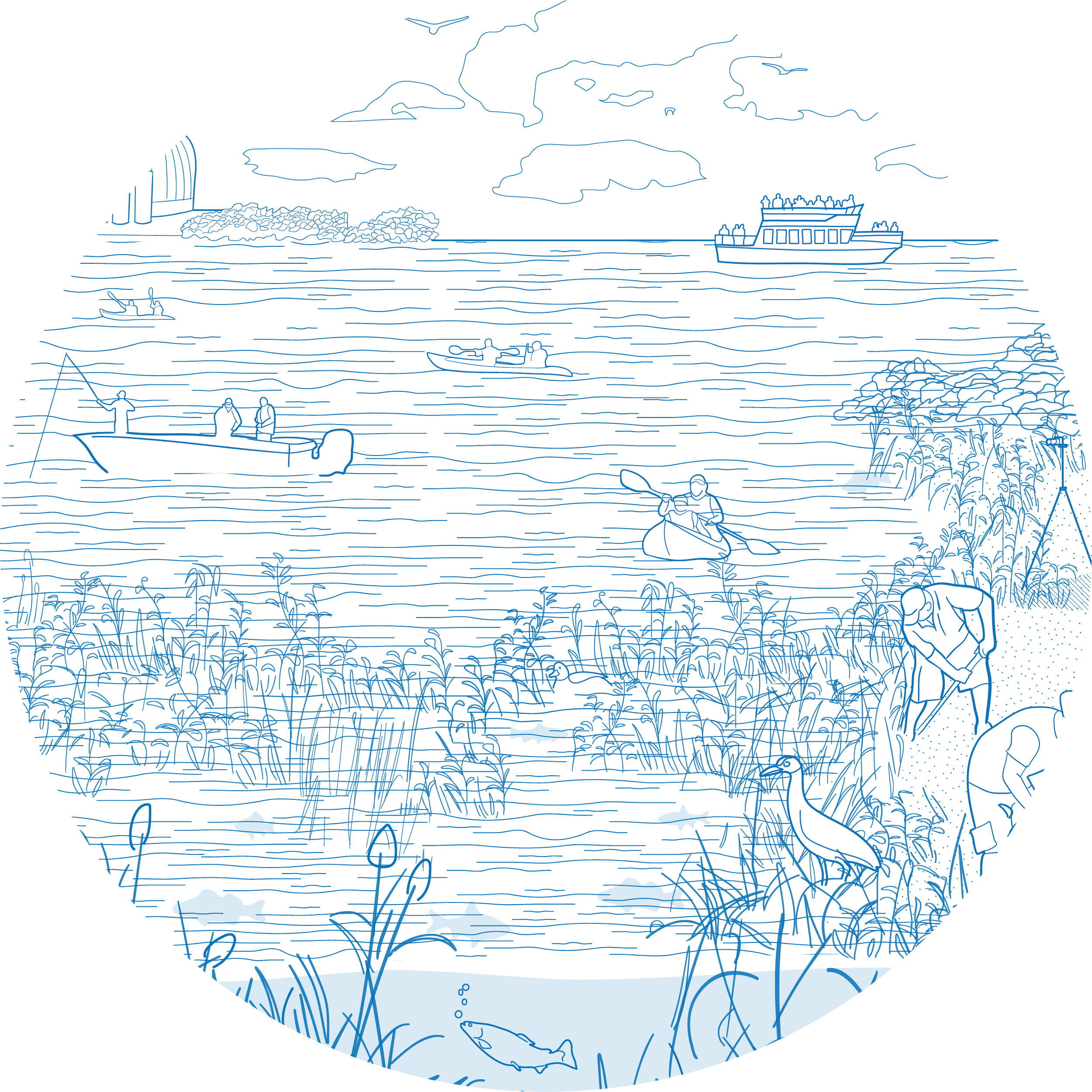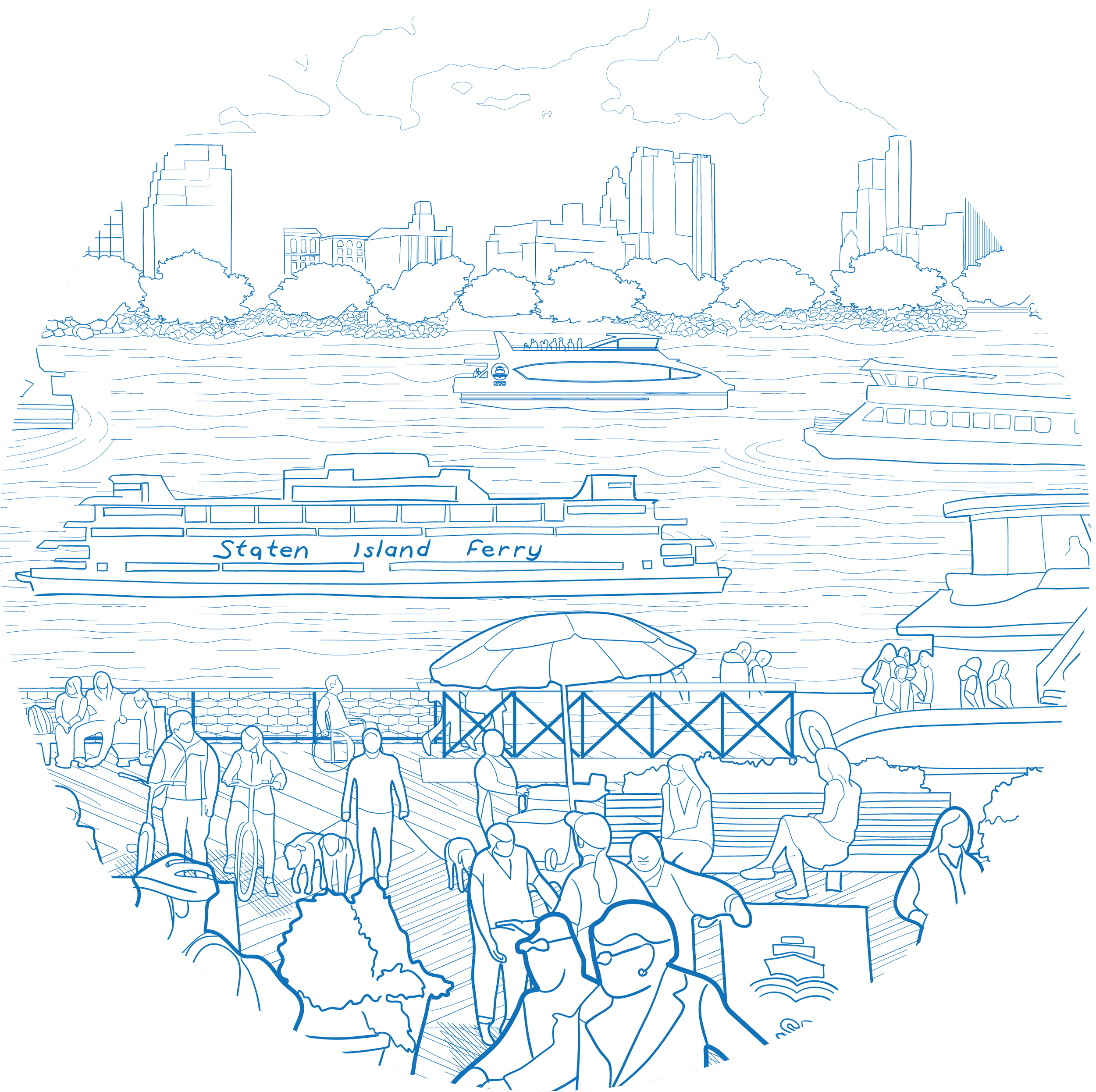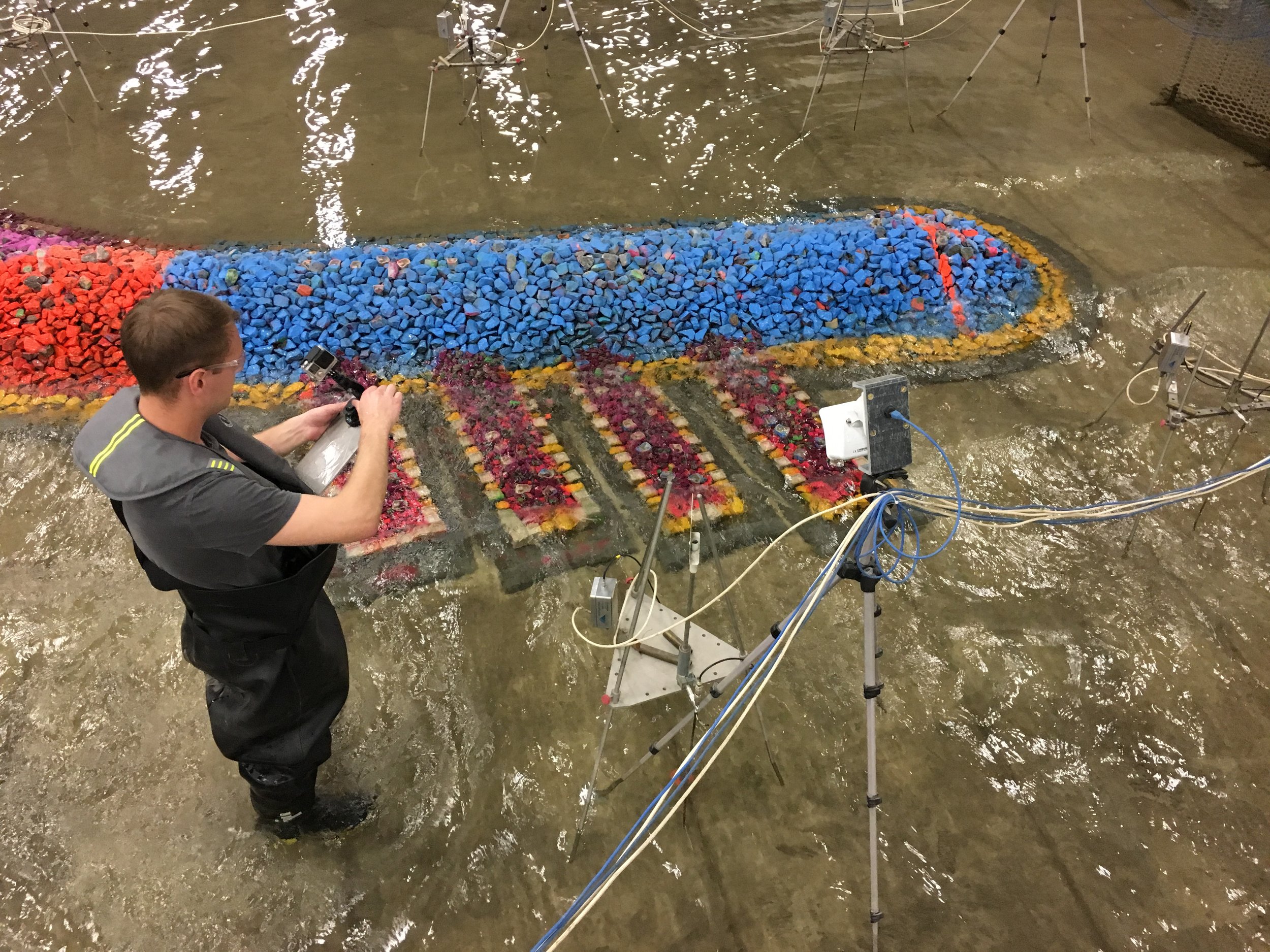
Governance
One of the ways for the City to rise to the challenges of a 21st century waterfront and realize the goals laid out in this Plan is to improve how it coordinates the building and maintenance of critical shoreline infrastructure across agency jurisdictions and with different levels of government. This work will also involve collaborating with the owners of privately owned shoreline areas, design and engineering practitioners and local communities.
NYC’s waterfront is a complex space because of the variety and intensity of its use and the many entities that are responsible for this range of uses. Oversight of NYC’s waterfront is shared by 14 City, State and federal agencies, three of which (USACE, NYS DEC and NYS DOS) regulate and issue permits for construction and maintenance of in-water structures. This jurisdictional landscape is further complicated by the significant stretches of NYC’s waterfront that are under private ownership.
This section of the Plan outlines the City’s opportunities to improve the management of waterfront infrastructure, the permitting processes and guidelines applicable to these projects, and the regulations that govern waterfront and waterways.
Historically, changes in management structures and regulatory reforms at different government levels have shaped how waterfront governance is administered and the shoreline itself. Today, NYC has an opportunity to reimagine governance and the regulations that apply to the waterfront to help meet challenges of building and maintaining waterfront infrastructure in light of climate change.
Improve coordination, management and monitoring of current and future public waterfront infrastructure
+ How can we do it?
Ease the path to construction by improving the city's permitting processes and developing gold-standard guidelines for NYC's waterfront and waterways
+ How can we do it?
Improve the ecological condition of the City's shorelines by modifying the environmental regulatory processes to allow for in-water material placement for ecological benefit
+ How can we do it?
